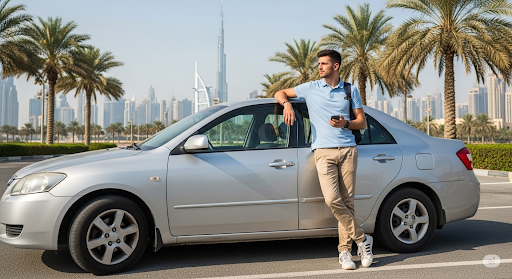Traveling Through Time: How Europe’s Historical Heritage Shapes Modern Lifestyles in 2025
Traveling Through Time: How Europe’s Historical Heritage Shapes Modern Lifestyles in 2025. Europe, a continent steeped in history and tradition, has a unique ability to blend the old with the new. From the ancient ruins of Greece and Rome to the modern cities of London and Paris, Europe’s historical heritage continues to shape modern lifestyles in profound ways. In this article, we will explore how Europe’s rich history and cultural heritage are influencing modern lifestyles in 2025.
Architecture and Urban Planning
One of the most visible ways in which Europe’s historical heritage is shaping modern lifestyles is through architecture and urban planning. Many of Europe’s cities are built on top of ancient foundations, with modern buildings and streets incorporating elements of the past. For example, the city of Rome is home to numerous ancient ruins, including the Colosseum and the Roman Forum, which are now surrounded by modern buildings and streets. Similarly, the city of Paris is famous for its historic architecture, including the Eiffel Tower and Notre-Dame Cathedral, which are now iconic symbols of the city.
Art and Culture
Europe’s historical heritage is also shaping modern lifestyles through art and culture. The continent is home to numerous world-class museums, galleries, and cultural institutions, which showcase the best of European art and culture. From the Louvre in Paris to the British Museum in London, these institutions are helping to preserve and promote Europe’s cultural heritage. In addition, many European cities are home to vibrant arts and cultural scenes, with numerous festivals, concerts, and performances taking place throughout the year.
Food and Wine
Another way in which Europe’s historical heritage is shaping modern lifestyles is through food and wine. European cuisine is famous for its rich flavors and traditional recipes, which are often rooted in the continent’s history and culture. From Italian pasta dishes to French cuisine, European food is a staple of modern lifestyles. In addition, many European countries are famous for their wine production, with regions such as Bordeaux and Tuscany producing some of the world’s finest wines.
Conclusion
In conclusion, Europe’s historical heritage is continuing to shape modern lifestyles in profound ways. From architecture and urban planning to art and culture, and from food and wine to traditional festivals and customs, Europe’s rich history and cultural heritage are an integral part of modern lifestyles. As we look to the future, it is clear that Europe’s historical heritage will continue to play an important role in shaping the continent’s culture and identity.





